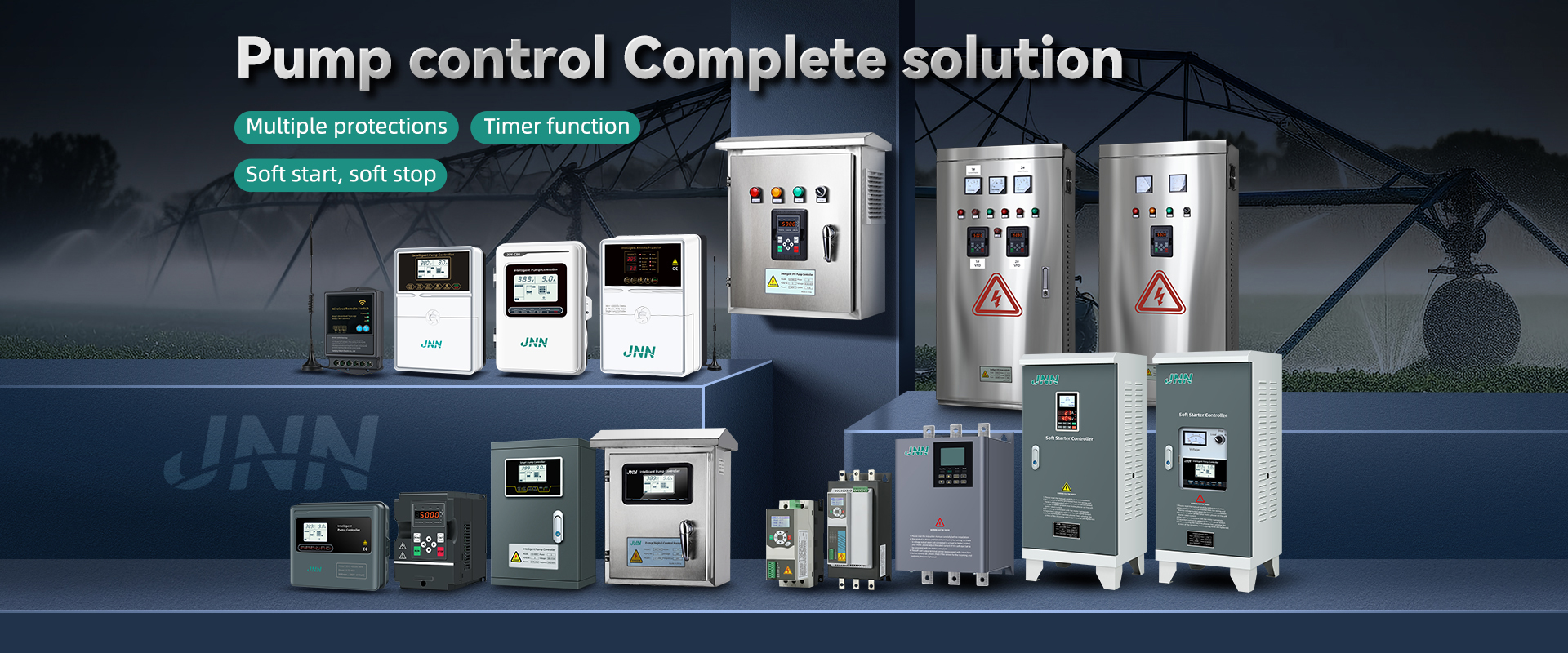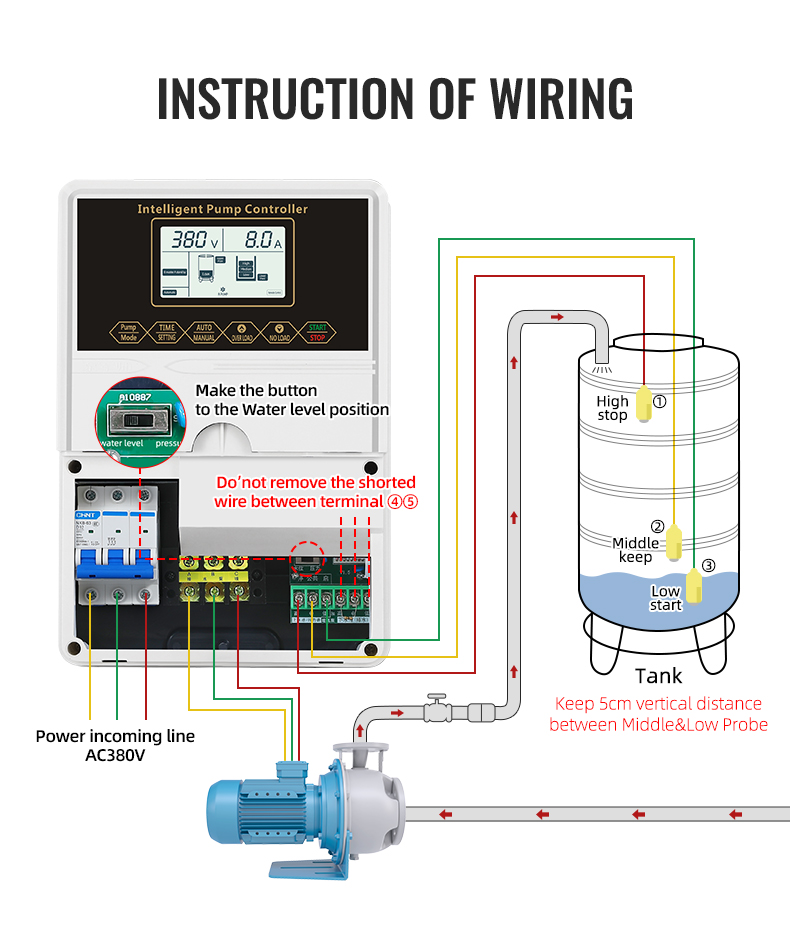
Understanding Automatic Water Pump Controllers
Automatic water pump controllers are designed to regulate water flow and pressure efficiently. These devices automatically turn the pump on and off based on water demand, ensuring optimal water supply while minimizing energy consumption. They are widely used in residential, commercial, and agricultural applications to control water distribution without requiring manual intervention.
Typically, an automatic water pump controller consists of a pressure switch, a flow sensor, and an electronic control system. When water is drawn from the system (e.g., by opening a tap), the controller detects the drop in pressure and activates the pump. Conversely, when water usage stops, the controller shuts the pump off to prevent unnecessary operation.
Leaving an automatic water pump controller on continuously means it remains connected to the power supply at all times. Many users wonder whether this practice is safe, energy-efficient, and beneficial for the pump's lifespan. To answer this question comprehensively, we will examine the key factors that influence the operation of an automatic water pump controller, including energy consumption, system wear and tear, and safety concerns.

Energy Consumption and Efficiency Considerations
One of the main concerns about leaving an automatic water well pump controller on all the time is its impact on energy consumption. The controller itself consumes minimal power in standby mode—typically in the range of a few watts. However, the real energy consumption depends on how frequently the pump is activated.
If the system is properly installed with no leaks and moderate water usage, the controller will only trigger the pump when necessary. In this case, keeping the controller powered on does not lead to excessive energy waste. However, if there are small leaks in the plumbing system, the controller may detect continuous pressure drops and frequently start the pump, leading to increased power usage and higher electricity bills.
Studies have shown that an automatic water pump running unnecessarily due to undetected leaks can increase energy consumption by up to 30%. Therefore, if you choose to leave your controller on continuously, it is crucial to regularly check for leaks and maintain proper plumbing conditions to ensure energy efficiency.
Wear and Tear on the Pump System
Another important factor to consider is the long-term effect on the pump's lifespan. Automatic water pump controllers are designed to prevent unnecessary pump operation, thereby reducing wear and tear. However, keeping the controller on all the time does not guarantee optimal performance unless the system is well-maintained.
Frequent cycling (turning the pump on and off repeatedly) can lead to mechanical stress on the pump motor, pressure switches, and electrical components. Most pumps have a rated cycle life, meaning that excessive switching can reduce their operational lifespan. For example, a standard residential water pump may be rated for 50,000 to 100,000 on/off cycles. If a system with minor leaks causes the pump to cycle excessively, it could reach this limit much sooner than expected.
To mitigate this risk, users should ensure that the system operates within recommended parameters. Installing a pressure tank alongside the pump can help reduce cycling frequency by providing a buffer of stored water, allowing the pump to run less frequently while maintaining adequate pressure.
Safety Considerations and Potential Risks
Safety is another critical factor when deciding whether to leave an automatic water well pump control box on continuously. Modern controllers are equipped with protective features such as dry-run protection, overcurrent protection, and thermal overload shutdown to prevent damage to the pump and electrical hazards.
However, in cases of power fluctuations, lightning strikes, or wiring issues, a continuously powered system may be vulnerable to damage. Some users install surge protectors or voltage stabilizers to protect their pump controllers from unexpected electrical issues.
Another safety concern is overheating. While most automatic water pump controllers are designed for continuous operation, the pump motor itself can overheat if it runs too frequently, especially in warm climates. Overheating can cause premature failure of motor windings and seals, leading to costly repairs or replacements.
Practical Recommendations for Optimal Use
Given these considerations, the best practice depends on the specific installation and usage conditions. Here are some recommendations to ensure the efficient and safe operation of an automatic water pump controller:
Regularly inspect for leaks – Even small leaks can cause frequent cycling, increasing energy consumption and wear. Fix leaks promptly to maintain system efficiency.
Install a pressure tank – This helps reduce cycling frequency and prolongs pump lifespan by allowing stored water to be used before the pump needs to restart.
Use a surge protector – Protect the controller and pump motor from power surges caused by lightning or electrical grid fluctuations.
Monitor pump cycling frequency – If the pump turns on too often, it may indicate a system issue that needs attention.
Turn off during long absences – If you plan to be away for an extended period, consider turning off the controller to prevent potential failures.

Conclusion
Should You Leave Your Water Pump Controller On?
Leaving your automatic water pump control box on all the time is generally safe and efficient, provided the system is well-maintained. The controller itself consumes very little power in standby mode, and its operation ensures reliable water supply without manual intervention. However, issues such as leaks, excessive cycling, and electrical risks should be addressed to maximize efficiency and longevity.
By implementing proper maintenance practices—such as checking for leaks, using pressure tanks, and protecting against electrical fluctuations—you can confidently leave your automatic water pump controller on while ensuring optimal performance and durability. If you notice unusual cycling patterns or increased energy bills, a system inspection is recommended to diagnose potential problems. Ultimately, understanding how your system operates will help you make informed decisions about its continuous use.


















